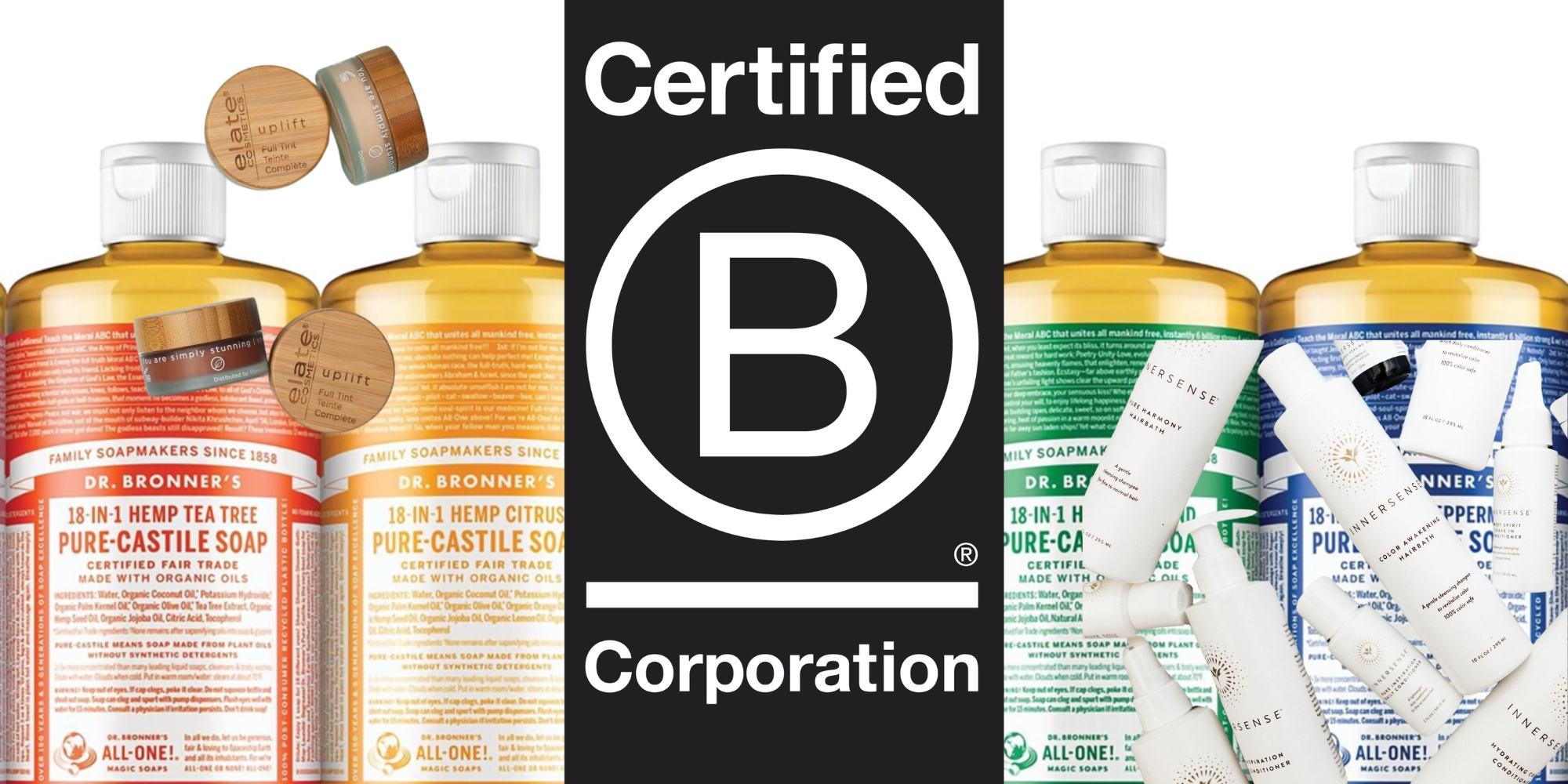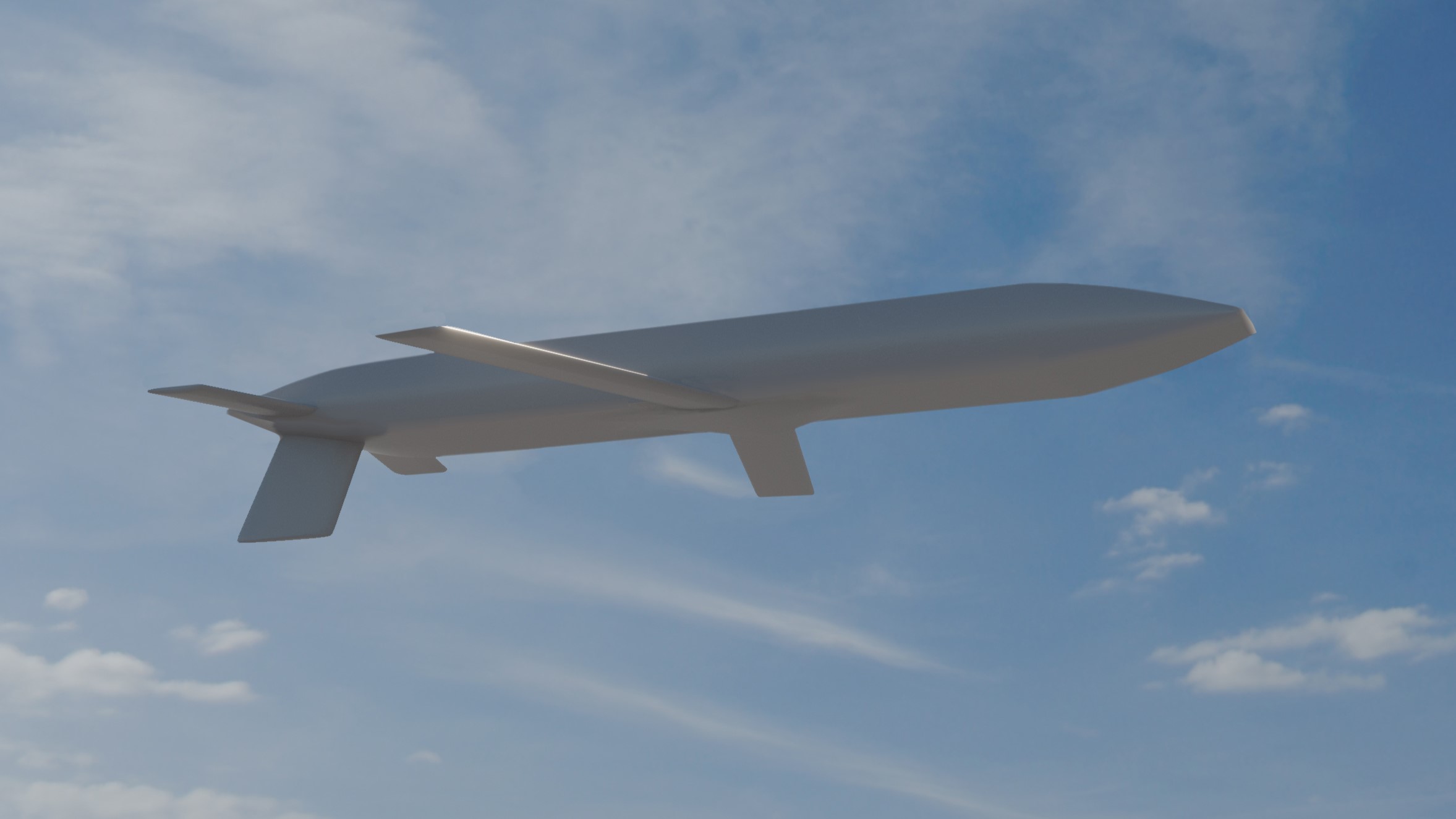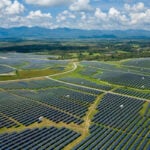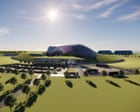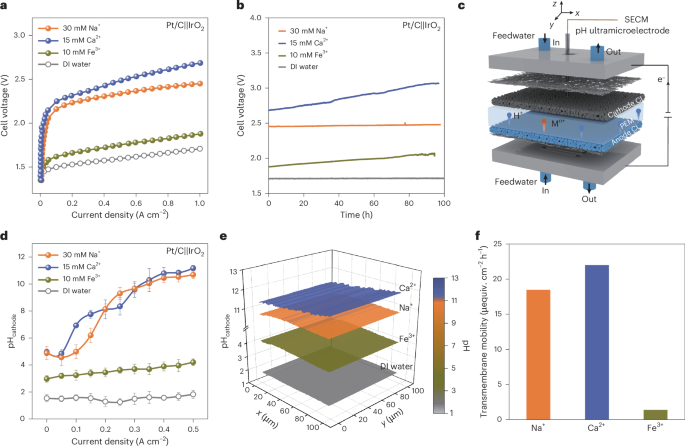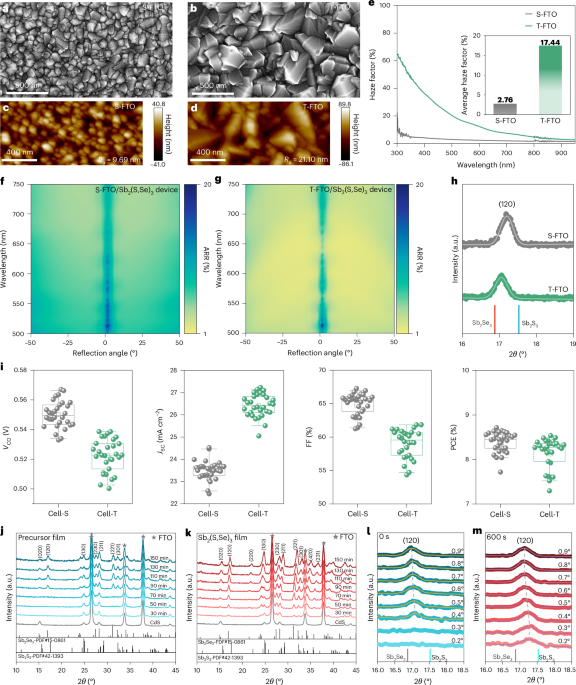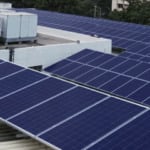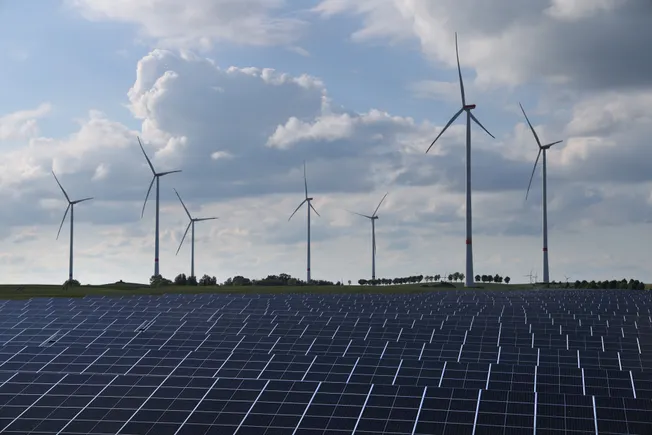Reshaping Electrical Double Layer via Synergistic Dual Additives for Ah‐Level Zinc Battery
Advanced Energy Materials, EarlyView.

A synergistic dual-additive (SDA) strategy enables precise modulation of the electrical double layer (EDL) at Zn anodes by selectively targeting the inner and outer Helmholtz planes. This approach suppresses side reactions, promotes uniform Zn deposition, and delivers high-performance anode-free Zn-Br batteries with an energy density of 91 Wh kg⁻1.
Abstract
Aqueous Zn batteries hold great promise for large-scale energy storage due to their high energy density, safety, and cost-effectiveness. Electrolyte composition directly affects Zn anode stability, and additive engineering is an attractive and cost-efficient strategy to suppress dendrite growth and inhibit side reactions. Unlike conventional single-component additive strategies that offer limited effectiveness and targeted control, this work presents a novel synergistic dual-additive (SDA) strategy that collaboratively modulates the electrical double layer (EDL). The fine-tuning of hydrophobicity enables molecules to function as either water repellents or hydrogen bond disruptors, granting them the ability to selectively modify either the inner or the outer Helmholtz plane, together achieving a complementary reshape of the EDL. Through theoretical calculations and characterizations, it is revealed that SDA effectively suppresses side reactions at the Zn-electrolyte interface, enabling uniform Zn deposition and minimizing the impact of additives on Zn reaction kinetics and electrolyte cost. This synergistic strategy enables a Zn anode lifespan exceeding 2000 h, and an ultra-high areal capacity of 50 mAh cm−2. Consequently, the anode-free Zn-Br batteries optimized by SDA demonstrate over 3000 stable cycles and achieve Ah-level cells with a high energy density of 91 Wh kg−1, paving the way for practical Zn-based energy storage solutions.













































